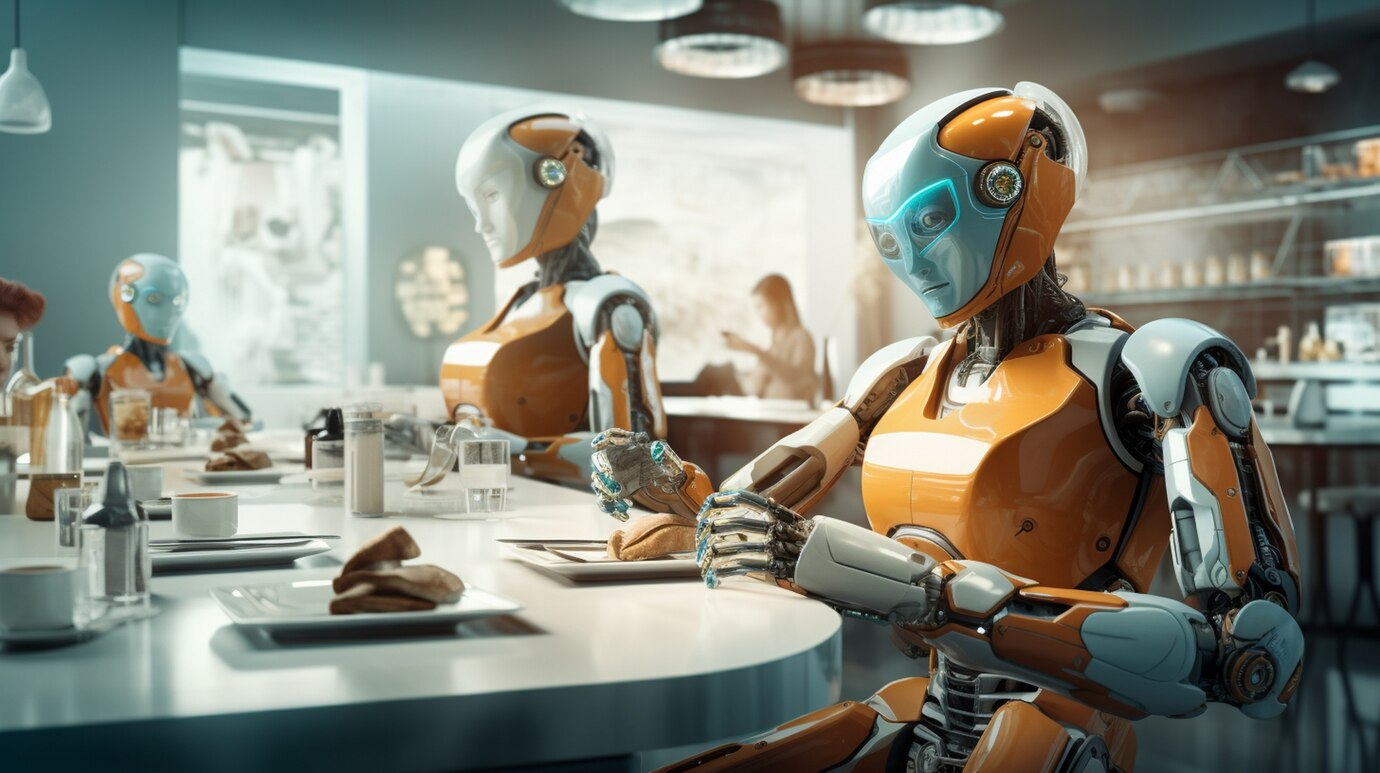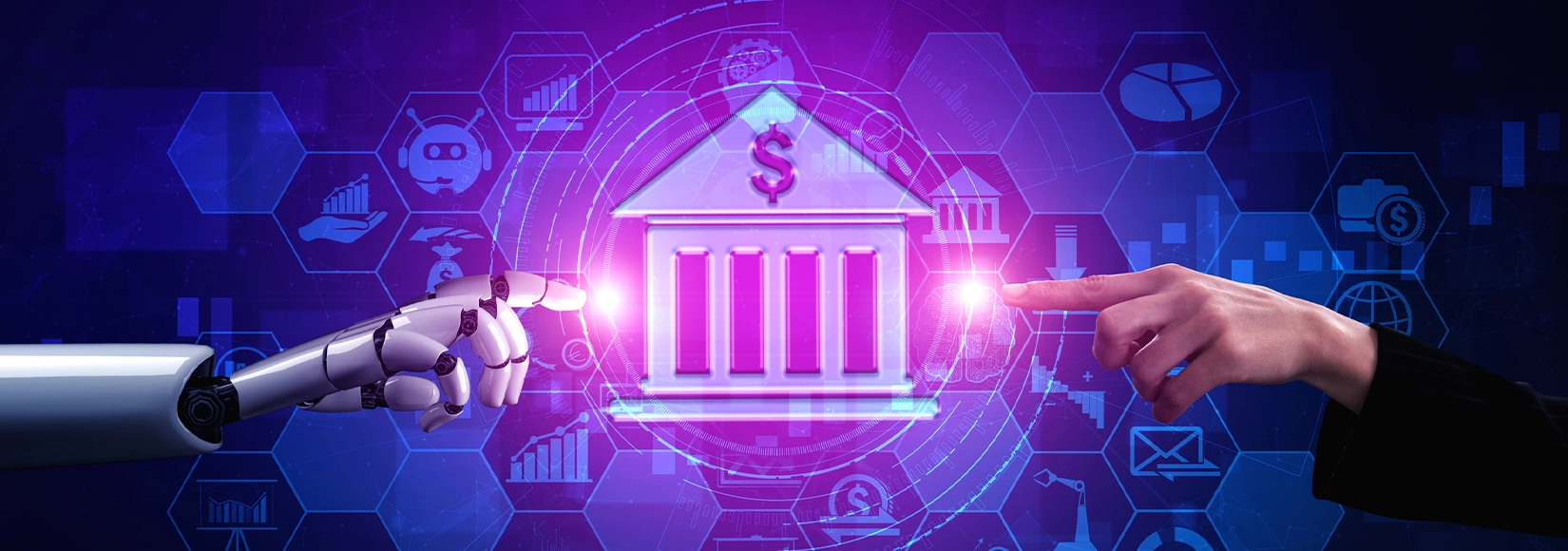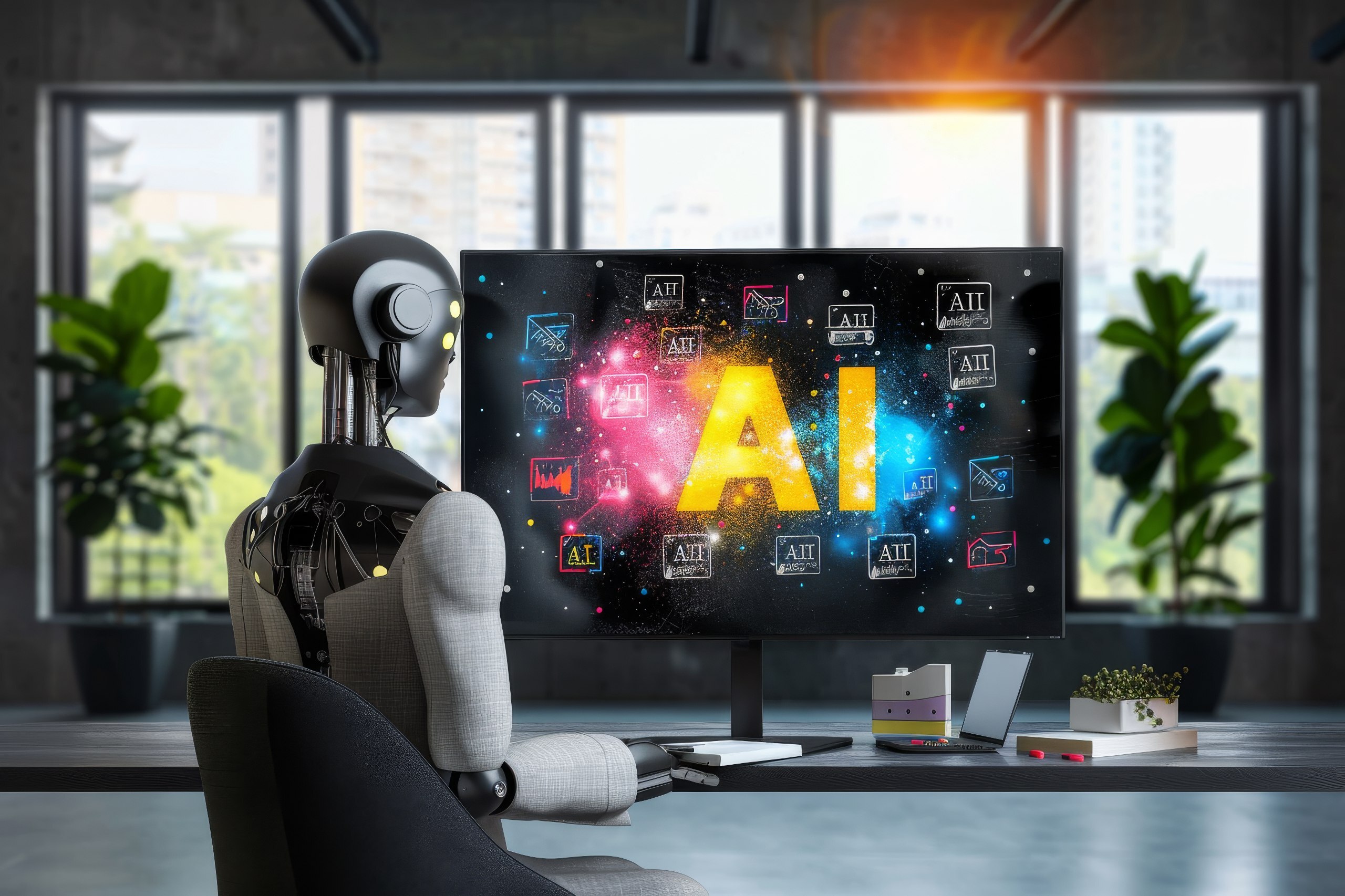Both robotics and artificial intelligence are revolutionary fields, and the intersection of both can elevate the current technological landscape. By combining AI’s intelligent decision-making with robotics’ physical working, the birth of versatile, AI-powered robots will be witnessed.
A study even claimed that the market size of AI robots is expected to grow from USD 6.9 Billion in 2021 to USD 35.3 in 2026 at a CARG (Compound Annual Growth Rate) of 38.6% during the forecasting period. These stats are enough to throw light on the escalating market of this dynamic combination of AI with robotics.
In this blog, you will get a 360-degree view of AI in robotics and discover the dynamic potential of combining both dynamic fields.
What is Robotics?
Robotics is the branch of computer science and engineering that deals with the design, manufacture, and working of machines that perform various tasks without the need for human interference. Earlier robots used to perform tasks that were considered dangerous for human beings, for example, lifting heavy equipment and automating manual repetitive tasks to boost efficiency and productivity in industries. Also, humans have physical limits and get tired after finishing a certain amount of tasks, whereas robots can perform endlessly unless any external disruption comes in.
How does AI work in Robotics?
A remarkable growth over the past few years has been seen by integrating AI with robotics. Though the combination is not used widely, it has a great underlying potential, which can drastically enhance the efficiency, flexibility, and quality of the operations. Robots with their own intelligence can take over most of the manual and repetitive operations, reducing pressure on the workforce, streamlining manufacturing, and delivering services. Let us see how AI can work with robotics.
The first way to use AI in robotics is via machine learning algorithms. Machine learning allows the robots to learn and recognize large data sets and patterns and use them to improve their accuracy with every use, which simply means that the robot will get smarter and more accurate with every use.
Secondly, with AI in robots, robots can leverage the power of computer vision and natural language processing. Computer vision will provide the robots with the ability to analyze visual data like images, videos, and live videos and respond to it. Similarly, NLP would enable the robotic model to understand the human language either through text or voice and give a response in return.
Thirdly, AI in robotics can be used by edge computing. Edge computing refers to processing the data and making decisions at the right second, locally, within the robot’s systems. For example, if you have a robot that does the tasks based on what it sees and responds accordingly, then processing a large amount of data, sending it to a faraway source like a cloud, and then receiving the information back would be a very long process. Therefore, this would require the robot to have its own brain to analyze the current situation, and do the required action without the need for constant communication with an external source. This is what edge computing is.
How AI and Robotics are Interconnected?
To have a comprehensive understanding of how AI seamlessly gets integrations into robots, let us read about how AI and robotics are related to each other.
1. Sensory Integration
Robots use sensors to collect various types of information or to generate data. With the integration of AI, robots can analyze sensory data and take the required action according to the situation. For example, self-driving cars can analyze the objects around them and take action accordingly.
2. Decision-Making Processes
With the help of AI, robots inherit the ability to think and decide just like humans do. Robots will analyze the fed data, identify the underlying patterns, learn from the new inputs-outputs, and make needful decisions based on everything. This powerful property can streamline a number of tasks in various industries,
3. Human-Robot Interaction Dynamics
Robots can be made more human-like and user-friendly with the integration of AI, as AI would help them learn the user’s emotions (via sentimental analysis) and have more command of human language and facial expressions (through NLP and CV).
4. Autonomous Navigation Capabilities
With AI techniques like Simultaneous Localization and Mapping (SLAM), robots can move here and there by analyzing the objects around them and learning the routes. Thus, AI can help robots mimic human intelligence and function like humans.
5. Deep Learning Applications
Deep learning is another AI technique, a form of advanced neural networks that mimic the functioning of the human brain. It will help the robot in complex pattern recognition image and speech recognition and perform a wide range of complex tasks.
6. Adaptive Behaviour
As robots need to perform tasks in different situations in different sectors, they need to have adaptive abilities in them, which can be incorporated with the help of adaptive AI algorithms. They would enable the robots to interpret the situation and take adaptive decisions to the ever-changing scenarios.
Use Cases of AI Robots
Following are the areas where AI is used in Robotics:
Object Detection and Identification
Deep learning algorithms, particularly Convolutional Neural Networks (CNN), allow robot machines to recognize various types of objects, obstacles, and people accurately. This will help the robot in autonomous navigation and perform various types of tasks sensibly by using its own artificial brain.
Predictive Maintenance
Similar to other machines, robots also require periodic maintenance, which will enhance their operational efficiency and longevity. AI within the robotic system can automatically predict and alert the concerned person when the robots require a maintenance service by monitoring the usage and intensity of the work it is performing.
Gesture & Voice Recognition
Using Natural Language Processing (NLP) and Computer Vision (CV) in the robot systems will help the robot recognize and identify various visuals and voice inputs for performing various tasks like pick & place, customer service, etc. This makes the human-robot interaction quite easy, as humans can simply talk with the robot like any other human being.
Reinforcement Learning
Reinforcement learning allows robots to adapt to various situations with every use. It enables the robot to use its pre-learned information pattern recognition ability and learn from new situations to make more informed and accurate decisions on every use, which helps it get better over time.
Service Robotics
AI makes the interaction of robots with human beings very easy and smooth, which becomes quite useful when it comes to service robots, robots that provide various kinds of services like food delivery in a restaurant, customer service, cleaning, etc, to human beings.
Autonomous Driving
One of the best examples of the drastic potential that the combination of AI and Robotics holds is self-driving cars. Self-driving cars are robots that have AI as their own brains and use it to identify different objects like other cars, people, traffic signals, and obstacles on the road and drive accordingly.
Simultaneous Localization and Mapping (SLAM)
AI-backed SLAM algorithms help the robots to create and update a map of the robot’s surroundings in their memory, where it can even track its own location on the map. This is quite crucial for the autonomous navigation feature in the robot which will perform various types of tasks.
Advantages of AI in Robotics
The following are the advantages of AI in robotics:
Increased Operational Efficiency
AI is known to study huge data and form data-backed insights, and using this feature in robotics will help the robot make more informed decisions, which will enhance its operational efficiency, for example better route planning, resource allocation, etc.
Enhanced Precision and Accuracy
With AI analysis of all the generated data, robots will take data-driven decisions which will be more accurate and precise. Moreover, an AI-powered robot’s artificial brain would let it learn all the new inputs and outputs, which will help it adapt and increase its accuracy over time.
Handling of Complex Tasks
Neural networks and deep learning inherit the properties of complex pattern recognition and analysis in robots, which will help them perform tasks that might be more complex for conventional robots.
Smooth Human-Robot Interaction
Technologies such as natural language processing and computer vision equip robots with the capabilities to observe, identify, communicate, and understand humans in their own language. This advancement enhances how humans interact with machines, thereby significantly improving their experience.
Insights from Data Analysis
AI reports have an extraordinary ability to grasp and analyze huge amounts of data in a fraction of a second which will help the robots in tasks like data collection, processing, decision-making, and reporting. Moreover, this data analytics would even enhance the robot’s accuracy and allow it to take calculative actions, which will increase its efficiency.
Economical Benefits
By saving labor costs and time, increasing productivity, and reducing human errors, AI robots assist businesses in increasing ROI, revenue generation, and cost cuttings.
Some Industries Using AI Robotics
Let us go through some examples of industries that are actively using AI robots for their operations:
Healthcare
By using deep learning methods, AI robots can analyze complex images that a medical practitioner can’t analyze, which will, in turn, help the doctor identify minute changes for early diagnosis of the underlying disease. Moreover, AL and ML pattern recognition techniques can aid drug discovery and delivery by allowing the models to efficiently recognize similar patterns in various organisms, drugs, etc.
Agriculture
AI robots in agriculture will automatically manage all the crops on their own, which will cut costs for labor and will automate most of the operations like panting, harvesting, and spraying. AI robots can even predict the weather and take precautionary measures for the safety of crops.
Military Robots
Robotics is used in the military to perform various operations like reconnaissance, surveillance, and bomb disposal. Thus, these well-trained military robots enhance security, safeguard the country, and detect the danger at the earliest.
Manufacturing
AI robots in manufacturing can be used for various purposes like assembling different parts, quality checks, repetitive tasks like painting, printing logos etc. With AI in the robot systems, robot operations will be optimized, and the efficiency of the systems will be improved.
Aerospace
AI robots are being sent to places like Mars to look for life outside Earth and discover new things. For example, NASA’s Perseverance rover has special cameras and AI to help study the surface of Mars better.
Future of AI in Robotics
The future of both AI and robotics will be intertwined, and have lots of brimming opportunities that would utilize the drastic combination of both of these technologies. Moreover, with the coming of more advanced forms of AI like strong AI and superintelligence, the intervention of robotics with AI would be a must thing to multiply the benefits that this amazing field of AI brings.
However, with the rise in both technologies, the questions related to ethics, security, and privacy of the people would be raised, and the development of AI robots would be done strictly according to the laws. Until then, let’s just sit comfortably and watch what the time brings!
To get the best AI solutions developed for your business, contact Build Future AI and discover the unreal potentials with which AI can grow your business. We deliver the best at the quickest!




